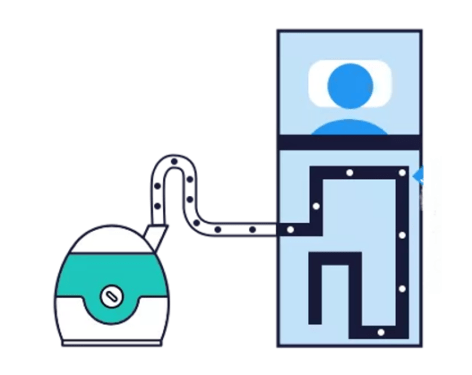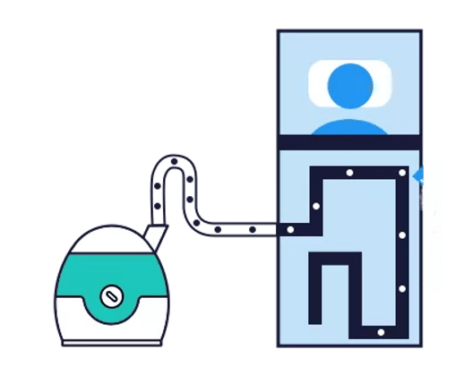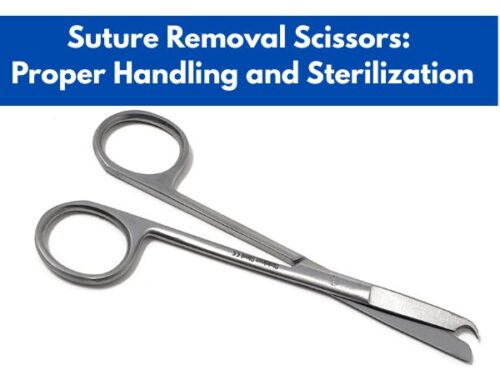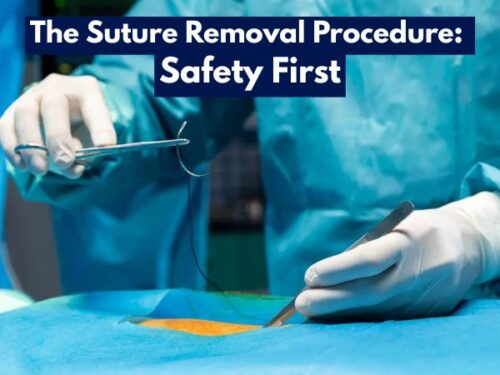What is Bair Hugger and how does it work?

Surgical procedures have been one of the basic techniques of disease alleviation in medical science. However, like all the other methods of treatment, surgeries also come with certain limitations despite the technological advances of recent times. One of these issues is hypothermia i.e. reduction in a patient’s body temperature during an ongoing surgery which can lead to blood loss as well as infections. Thus, it is necessary to maintain a patient’s body temperature to avoid such complications. For his purpose, a warming system named the Bair Hugger warming system can be employed.
Bair Hugger Normothermia system was first designed by Dr. Scott D. Augustine in the 1980s. After the FDA approval, the Bair Hugger systems along with the blankets were marketed in 1988 as a multiple-use product. However, disposable versions of the blankets are also present in the market now.
Structure of the Bair Hugger blanket
The Bair Hugger warming system works by taking in the air from the environment and filtering it. This air is then warmed and forced into the Bair Hugger disposable blanket covering the patient’s body. On the Bair Hugger blankets, certain pressure points ensure that the areas of the skin with lesions, sores, or burns do not get exposed to the warm air in the blanket.
Moreover, the blanket comes with drain holes that run a fluid over the blanket surface with the aim to reduce the changes in the patient’s skin softening, a major complication reported with the use of Bair Hugger blankets.

Bair Hugger warming system along with the blanket
Types of Bair Hugger warming system
The Bair Hugger warming units available in the market are one of the following categories:
– 3M Bair Hugger Model 505 warming unit
– 3M Bair Hugger Model 750 warming unit
– 3M Bair Hugger Model 775 warming unit
– 3M Bair Hugger Model 241 blood/fluid warming set
How does the Bair Hugger warming system work?
Bair Hugger warming system works on the system of forced-air warming (FAW) which works on the property of convention. The warm air is blown over the skin of the patient by filling it into the single-use blanket via a hose. The small holes within the blanket disperse warm air in such a way that the whole body of the patient is covered. This way, the patient’s body temperature remains near the normal body temperature thus preventing hypothermia.
How the Bair Hugger system is used?
The Bair Hugger system should be employed to work by the following steps:
– The blanket is laid in such a way that the non-perforated side of the blanket is facing downwards.
– The upper channel of the blanket must extend beyond the table pad by 6 inches (15 cm).
– The side flaps of the blanket must be tucked under the mattress or the operating table.
– Let the patient lie down on the blanket.

The blanket stretched over the table
– The draw sheets must be put over the patient’s body. The draw sheets must also be secured under the table pad.

The patient lying on the Bair Hugger blanket
– Turn the isolation switch as well as the Bair Hugger system on.
– Select the needed temperature on the device.
– Keep an eye on the temperature fluctuations during use. If the temperature exceeds the pre-set limit, the device should be turned off immediately and the blanket must be removed to prevent the patient’s skin from burning.
Advantages of the Bair Hugger system
The Bair Hugger system provides the following advantages:
– Bair Hugger system provides the option of temperature adjustment with 32°C being the lowest temperature followed by 38°C and 43°C as medium and high temperatures respectively. An ambient temperature can be set which is equal to the room temperature.
– The Bair Hugger blankets are disposable which prevents the transmission of infections from one patient to the other.
– The HEPA filter of the Bair Hugger system works for 12 months or 500 hours thus serving a long time before the need arises to change them.
Applications of Bair Hugger warming system?
The Bair Hugger warming systems can be employed in multiple situations including the following:
– Bair Hugger system can increase the blood flow in certain body parts.
– This warming system can reduce the chances of hypothermia i.e. drastically reduced body temperature.
– These warming systems and blankets are used to stabilize and then maintain a patient’s core body temperature before major surgery.
– These can be employed in pre-operative, inter-operative as well as post-operative conditions.
Side effects of Bair Hugger warming system
Although the Bair Hugger blankets are safe and have been in use for decades, some of their side effects have been reported:
– First and second-degree burns can occur by the use of Bair Hugger blankets for too long or at a higher temperature. However, no third-degree burns have been noted.
– Softening of the tracheal tubes has been observed in some cases.
– In rare cases, the Bair Hugger system can be responsible for the transfer of infection to the patient owing to the fact that it takes air from the surrounding which may be already contaminated. Moreover, a dirty filter can let the contaminants pass into the blanket as well. Keeping this in mind, it is necessary to change the HEPA filters in the Bair Hugger systems after every 500 hours of use.
Limitations of the Bair Hugger system
The Bair Hugger system is not beneficial in the following conditions:
– The blankets of the Bair Hugger system are not designed to work in a sterile environment.
– The Bair Hugger system cannot be employed on the lower extremities in the case of aortic cross-clamping.
Conclusion
During surgical procedures, there rises a need to keep the patient’s body temperature normal to prevent hypothermia. To fulfill this purpose, the Bair Hugger warming systems can be employed.
These warming systems blow the warmed air into the attached single-use blanket covering the patient’s body. The technique is safe, easy to use, and inexpensive. Hence, the employment of the Bair Hugger system is a frequent event in hospitals.


















